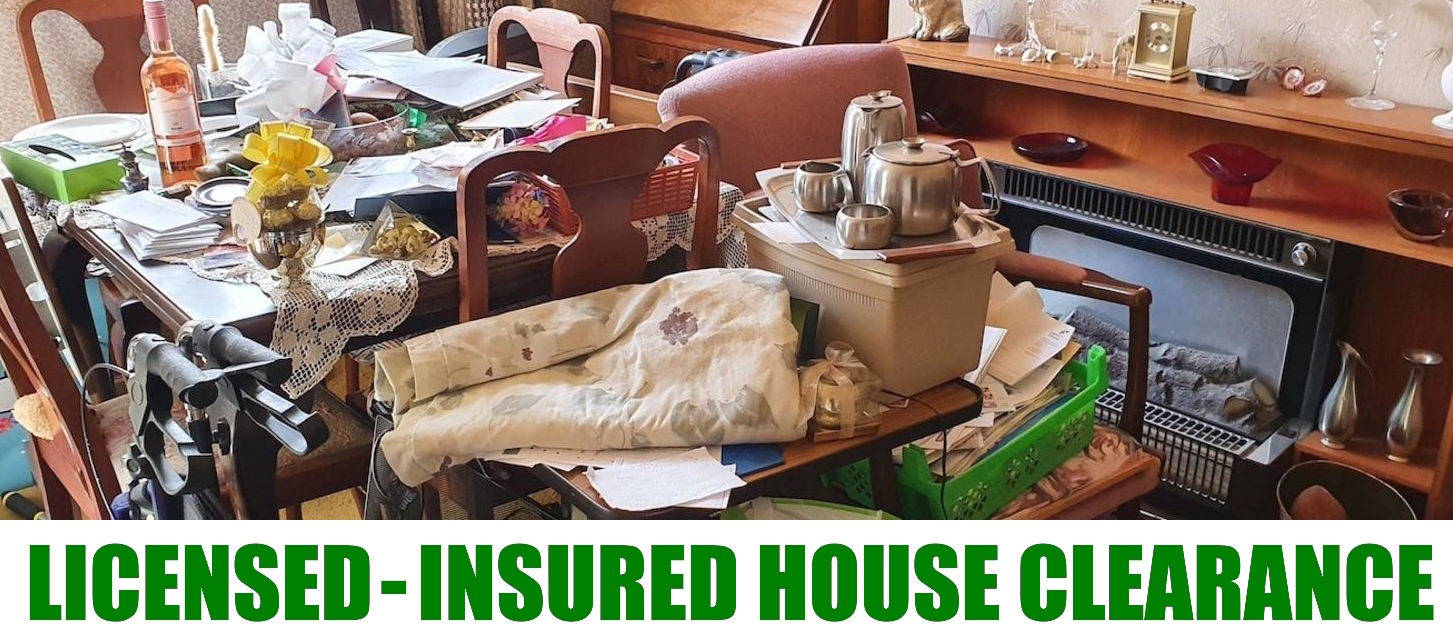There are several different models that have been proposed to describe the stages of hoarding, but one widely-cited model consists of the following five stages:
- Acquiring: This stage involves acquiring items that the person views as valuable or useful, such as by buying them or obtaining them for free.
- Saving: At this stage, the person begins to accumulate a large number of items and may start to experience problems with clutter and disorganization.
- Clutter: As the person continues to acquire and save items, the amount of clutter in their living space increases, making it difficult to use the space for its intended purpose.
- Difficulty discarding: The person may have difficulty getting rid of items, even those that they no longer need or use, because they feel a strong emotional attachment to them or fear that they may need them in the future.
- Negative consequences: The hoarding behavior may start to have negative consequences, such as causing problems with relationships, health and safety, or ability to function in daily life.
It’s important to note that these stages are not necessarily linear and may overlap or occur in a different order for different people. Additionally, the severity of hoarding can vary greatly from one person to another.




